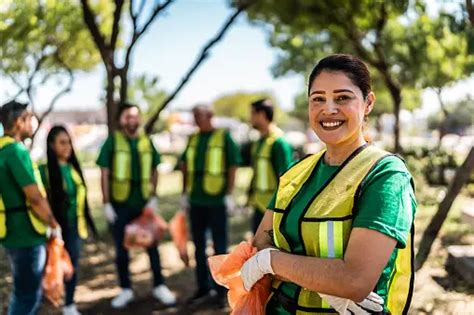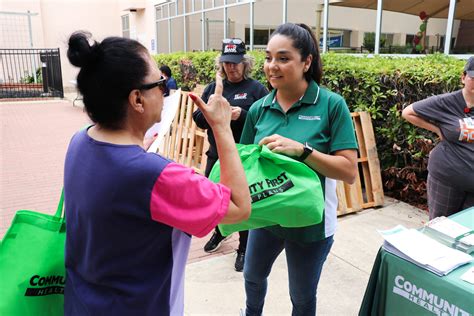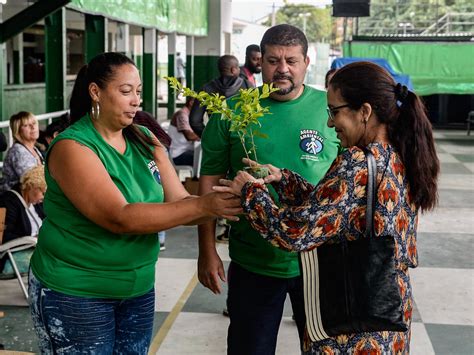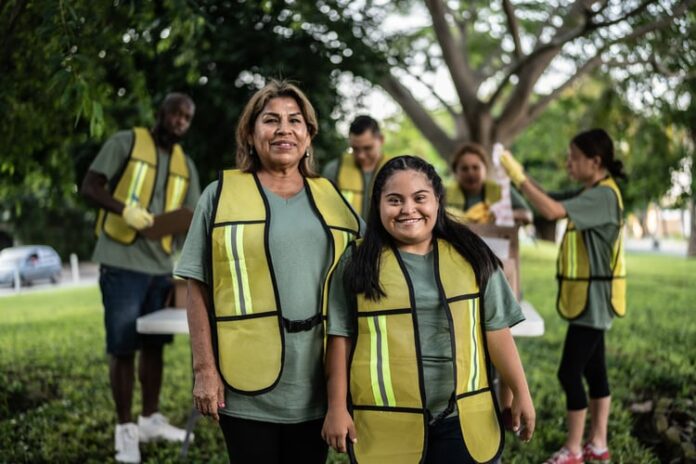Finding local opportunities for toy donations is a meaningful way to give back and make a difference in your community. Whether you’re looking to support children in need or contribute to a local charity’s mission, there are numerous ways to get involved. From identifying reputable organizations to understanding donation guidelines and drop-off locations, this guide will help you navigate the process of giving toys effectively. We’ll also explore special events, volunteer opportunities, and the positive impact your donations can have. Additionally, you’ll learn about tax benefits and how to ensure that your donations are safe and clean. Discover how you can bring joy and support to those in need right in your own neighborhood.
weninsure.xyz will lead an exploration of this topic in detail.
1. Identify Local Charities: List reputable organizations in your area that accept toy donations.
To find the best local charities for toy donations, start by researching reputable organizations in your area. Many well-known nonprofits accept toy donations and have established systems for distributing them to those in need. For instance, organizations like Toys for Tots, a national program run by the U.S. Marine Corps Reserve, often partner with local agencies to collect and distribute toys to children during the holiday season. Additionally, local food banks and shelters, such as those operated by the Salvation Army or community-based charities, frequently accept toy donations throughout the year.
Reach out to community centers, schools, and places of worship, as they often collaborate with or support local charities that collect toys. Many cities also have specific directories or online resources where you can find a list of organizations accepting toy donations. Contact these organizations directly to confirm their current needs and donation procedures. By choosing well-establis

2. Donation Guidelines: Provide details on what types of toys are accepted and any specific conditions.
When donating toys, it’s essential to adhere to specific guidelines to ensure your contribution is both useful and appreciated. Most charities have clear criteria regarding the types of toys they accept. Generally, new, unwrapped toys are preferred, as they ensure hygiene and safety for the recipients. Popular items often include stuffed animals, action figures, dolls, board games, puzzles, and educational toys.
Avoid donating used or damaged toys, as these may not meet the safety standards or might be unsuitable for the recipients. Additionally, steer clear of toys with small parts that could pose choking hazards for young children. Many organizations also discourage donations of food or personal items with toys, as these can complicate distribution.
Some charities have specific conditions regarding the size or type of toys they need, so it’s wise to check their website or contact them directly for any special requests or restrictions. For example, certain charities might focus on specific age groups or types of toys, such as educational or developmental toys. By following these guidelines, you help ensure that your donation is both meaningful and beneficial, providing joy and support to children in need.

3. Drop-Off Locations: Include information on where and when toys can be dropped off.
To donate toys, it’s important to know where and when you can drop them off. Many charities and organizations have designated drop-off locations throughout the community. Common drop-off sites include local community centers, churches, schools, and retail stores partnering with donation drives. Major organizations like Toys for Tots often have specific collection points listed on their websites.
Check the charity’s website or contact them directly to find the nearest drop-off location and verify their hours of operation. Some locations might have set hours for donations, especially during peak times like the holiday season. If you’re unsure, local libraries or municipal offices often have information on ongoing toy drives and collection sites. Additionally, some charities offer curbside or scheduled pick-up services, especially for larger donations. Make sure to adhere to the specified times and guidelines to ensure your donation is received and processed efficiently.

4. Special Events: Highlight any upcoming toy drives or special donation events.
Special events are a great opportunity to contribute toys and make a significant impact. Many organizations host annual toy drives or special donation events to gather gifts for children in need. For example, the Toys for Tots campaign often kicks off with a large-scale holiday event, where community members can bring toys to designated drop-off locations and participate in festive activities.
Local charities and community groups frequently organize events such as “Stuff the Bus” drives, where buses are filled with donated toys, or “Holiday Toy Runs,” which are often associated with local businesses and feature parades or gatherings. Check local event calendars, community bulletin boards, and social media for announcements about these special drives.
Additionally, keep an eye on local news outlets and charity newsletters for information on upcoming events. Participating in these events not only helps you donate toys but also connects you with others in your community who are committed to making a difference.
5. Volunteer Opportunities: Mention ways to get involved beyond just donating toys.
Beyond donating toys, there are several ways to get involved and make a difference through volunteering. Many organizations welcome volunteers to help with the toy collection, sorting, and distribution processes. You can assist by organizing toy drives, helping at drop-off locations, or participating in special events where toys are given out to children.
Volunteering for charities often involves tasks such as packing and organizing donated items, setting up donation stations, or distributing toys at community events. Some organizations also offer opportunities to engage in fundraising efforts or promotional activities to raise awareness about their toy donation campaigns.
Additionally, consider volunteering your time to help with administrative tasks or outreach programs that support the charity’s mission. By actively participating in these activities, you contribute to a more efficient and effective donation process, and you directly impact the lives of those in need, making a positive difference in your community.
6. Impact Stories: Share examples of how toy donations have positively affected local communities.
Toy donations have a profound impact on local communities, bringing joy and support to many. For example, during last year’s holiday season, a toy drive organized by a local community center resulted in over 1,000 children receiving new toys. Many of these children, who might have otherwise gone without, experienced the excitement and happiness of receiving a gift, thanks to the generosity of local donors.
In another instance, a toy donation campaign run by a food bank helped provide holiday cheer to families facing financial hardship. The donations not only brightened the lives of children but also offered a sense of relief and support to struggling parents.
These stories highlight the powerful effect of toy donations, illustrating how they contribute to community well-being by spreading joy and fostering a sense of generosity and care among neighbors. The collective effort of donors and volunteers makes a tangible difference, demonstrating the positive impact that giving can have on individuals and families.
7. Tax Deductibility: Explain if and how donations can be claimed for tax purposes.
Toy donations have a profound impact on local communities, bringing joy and support to many. For example, during last year’s holiday season, a toy drive organized by a local community center resulted in over 1,000 children receiving new toys. Many of these children, who might have otherwise gone without, experienced the excitement and happiness of receiving a gift, thanks to the generosity of local donors.
In another instance, a toy donation campaign run by a food bank helped provide holiday cheer to families facing financial hardship. The donations not only brightened the lives of children but also offered a sense of relief and support to struggling parents.
These stories highlight the powerful effect of toy donations, illustrating how they contribute to community well-being by spreading joy and fostering a sense of generosity and care among neighbors. The collective effort of donors and volunteers makes a tangible difference, demonstrating the positive impact that giving can have on individuals and families.
8. Safety Measures: Provide tips on ensuring toy safety and cleanliness before donation.
Toy donations have a profound impact on local communities, bringing joy and support to many. For example, during last year’s holiday season, a toy drive organized by a local community center resulted in over 1,000 children receiving new toys. Many of these children, who might have otherwise gone without, experienced the excitement and happiness of receiving a gift, thanks to the generosity of local donors.
In another instance, a toy donation campaign run by a food bank helped provide holiday cheer to families facing financial hardship. The donations not only brightened the lives of children but also offered a sense of relief and support to struggling parents.
These stories highlight the powerful effect of toy donations, illustrating how they contribute to community well-being by spreading joy and fostering a sense of generosity and care among neighbors. The collective effort of donors and volunteers makes a tangible difference, demonstrating the positive impact that giving can have on individuals and families.
Toy donations have a profound impact on local communities, bringing joy and support to many. For example, during last year’s holiday season, a toy drive organized by a local community center resulted in over 1,000 children receiving new toys. Many of these children, who might have otherwise gone without, experienced the excitement and happiness of receiving a gift, thanks to the generosity of local donors.
In another instance, a toy donation campaign run by a food bank helped provide holiday cheer to families facing financial hardship. The donations not only brightened the lives of children but also offered a sense of relief and support to struggling parents.
These stories highlight the powerful effect of toy donations, illustrating how they contribute to community well-being by spreading joy and fostering a sense of generosity and care among neighbors. The collective effort of donors and volunteers makes a tangible difference, demonstrating the positive impact that giving can have on individuals and families.
weninsure.xyz

